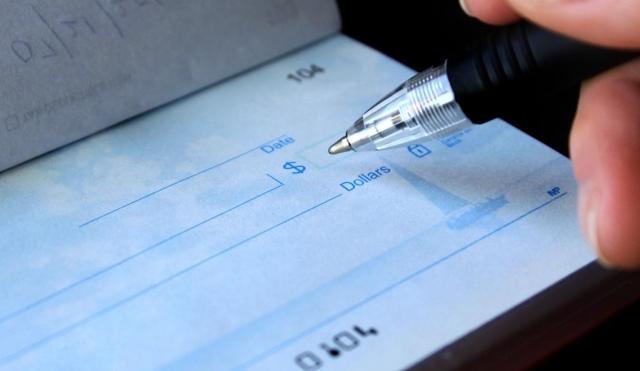Why You Need a Checking Account Cushion

Checking accounts make it easy to manage everyday spending. They offer the convenience of direct deposits, online and in-store debit card purchases, ATM cash withdrawals, and might even allow you to earn dividends on your account balance. But, with money coming in and going out of your account so quickly, you might be concerned that your account won't have enough funds to cover scheduled payments. All it takes is one untimely withdrawal or processing delay to wreak havoc with your finances. A checking account cushion can alleviate your concerns, even if some of your bills, like utilities, fluctuate each month.
Here's what you need to know about maintaining a financial cushion in your checking account.
Is a checking account cushion the same as an emergency fund?
No. While both offer financial protections, each serves a different purpose. An emergency fund is usually held in a designated savings account and contains three to six months of living expenses. These funds should only be used in a real emergency, such as a job loss.
A checking account cushion is the extra money in your account meant to cover variable expenses, regular account fees and charges, and even provide for unforeseen cash needs until the next scheduled deposit. The amount of the cushion is significantly smaller than an emergency fund.
Does a checking account cushion protect my finances?
You work hard for your money, so watching it disappear in overdraft fees and other unnecessary charges is disheartening. For example, if you use your debit card for everyday expenses like gasoline, your account could be subject to a pre-authorization hold. When this happens, part of your checking account balance is unavailable until the hold clears.
While the money is held up, other transactions, including bill payments, will still try to clear your account. This could result in an overdrawn account even though you might be a meticulous budgeter. Protect your finances by maintaining a financial buffer between deposits and scheduled withdrawals. The extra funds can cover these and other scenarios that might otherwise result in declined transactions for insufficient funds or overdraft fees.
How much of a cushion should I maintain in my checking account?
Some money experts recommend that you keep a cushion equal to at least one month of regular expenses. You might need more or less depending on your specific financial situation. Answer these questions to help pinpoint a figure that makes sense for your deposit frequency and expenses:
- Has my checking account received overdraft fees in the past 12 months? If so, what expenses helped trigger the fees?
- Will adjusting bill due dates with creditors or service providers increase my cushion at certain times of the month?
- Is at least one of my expenses increasing? This might occur during peak seasons, such as the summer and winter, when utility usage is rising.
Stuffing your cushion isn't recommended. If your spending requires you to keep more than two months of extra funds in your account, it might be time to review your budget and decide how you can put your money to better use. You could be missing out on higher returns, which are often available with investment accounts.
Avoid keeping too much money in your checking account by reviewing your account statements every six months. Pay attention to your transaction history. If you find you were too close for comfort in the past several months, consider increasing your cushion.
Creating a cash cushion in your checking account offers a unique opportunity to improve your finances. It's possible to save money by preventing unnecessary charges and fees while earning dividends.
Open a Credit Union of Colorado Premier Checking Account to get the most from your cushion while enjoying other member benefits.



